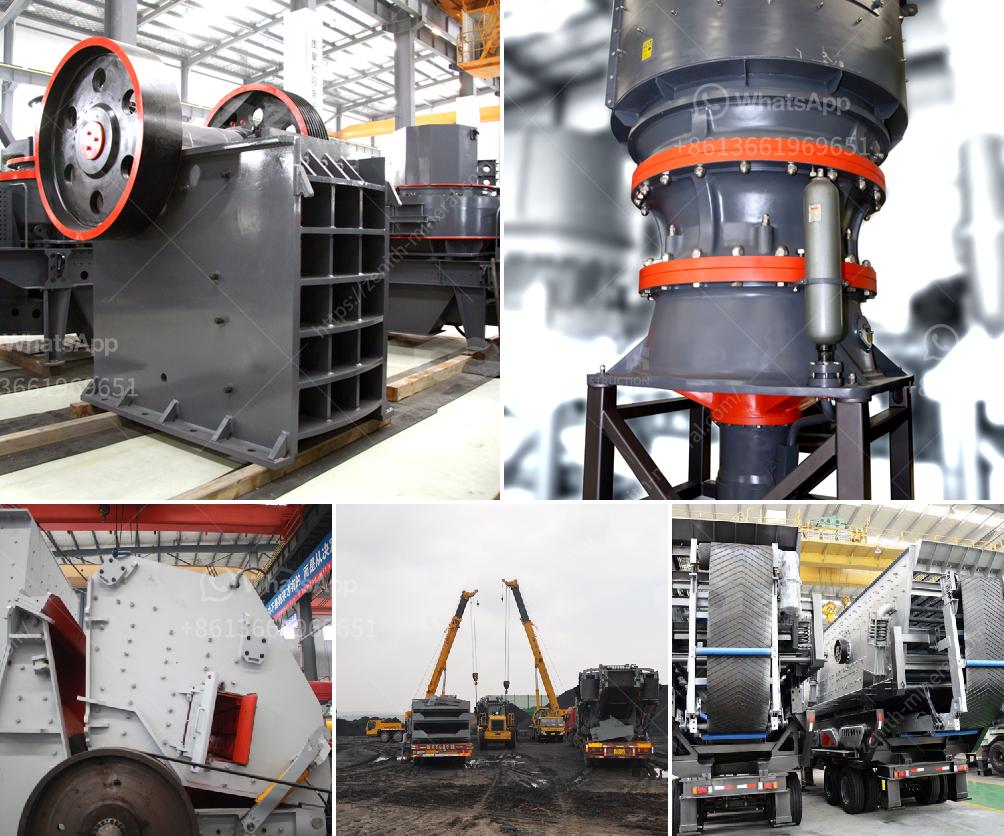Processing gypsum ore involves several key steps to ensure it is converted into a usable product such as plaster or wallboard. Here is a general outline of the process:
Extraction and Mining: Gypsum ore is typically extracted from quarries or mines. This involves drilling, blasting, and then collecting the ore.
Crushing: The extracted gypsum ore is crushed into small pieces to facilitate further processing. This is usually done using jaw crushers or impact crushers.
Grinding: The crushed gypsum is then ground into a fine powder. Grinding mills, such as ball mills or hammer mills, are commonly used in this stage.
Screening: The fine gypsum powder is screened to separate any impurities and ensure a uniform particle size. This step may involve using vibrating screens or rotary screens.
Calcining: Gypsum powder is heated (calcined) at a specific temperature to remove moisture and produce plaster of Paris (CaSO4·½H2O). The calcining process can be conducted in rotary kilns, flash calciners, or kettle calciners.
Cooling and Milling: After calcining, the gypsum is cooled and may undergo additional milling to achieve the desired fineness.
Additives and Blending: Various additives may be mixed with the gypsum to enhance its properties for specific applications. This could include hardeners, retarders, or other materials.
Bagging and Packaging: The final gypsum product is then packaged into bags or bulk containers for distribution and sale. In the case of manufacturing wallboard, the gypsum slurry is poured between layers of paper to form boards, which are then dried, cut, and finished.
Remember, the specific details of the process may vary depending on the purity and quality of the gypsum ore, as well as the desired end product. It is important to follow local regulations and safety guidelines throughout the entire processing sequence.
